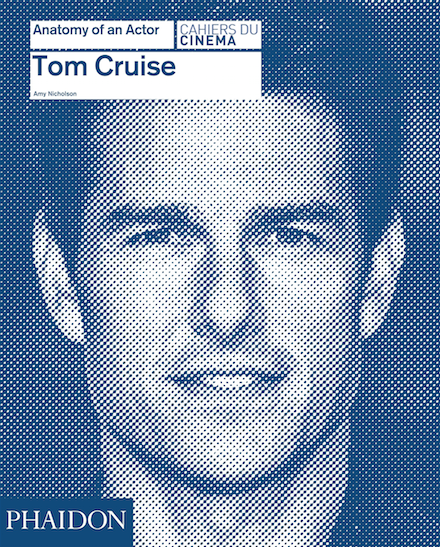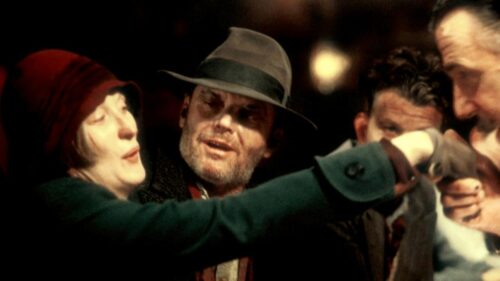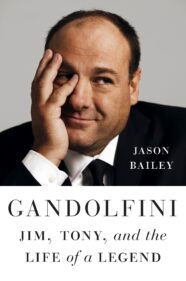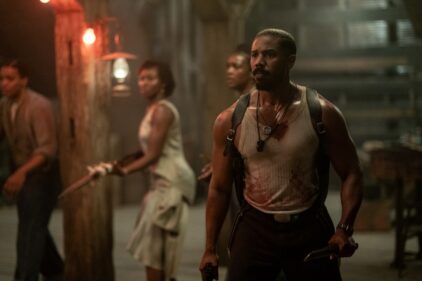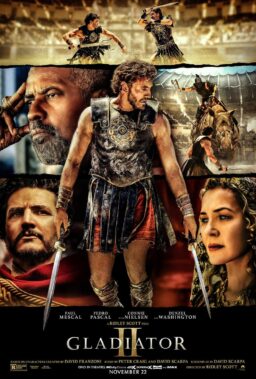Today we’re proud to present a passage from the brand-new “Tom Cruise: Anatomy of an Actor” by Amy Nicholson, the chief film critic at LA Weekly. Published by Cahiers Du Cinema and Phaidon, Nicholson explores Cruise’s career through ten roles—”Risky Business,” “Top Gun,”, “Born on the Fourth of July,” “Interview with the Vampire: The Vampire Chronicles,” “Jerry Maguire,” “Eyes Wide Shut,” “Magnolia,” “War of the Worlds,” “Tropic Thunder,” and “Mission Impossible: Ghost Protocol.” The publisher was generous enough to share an excerpt from the eloquent introduction. Click here to buy a copy of the book. Also, Sam Fragoso interviewed Nicholson, and you can read their discussion here.
“I was always a very serious person. I was never very
frivolous. I did things I wanted to do well and took pride in them.”
—Tom Cruise, 1990
The role was a high school kid desperate to lose his
virginity. A friend suggests a hooker, and over the course of a crazy weekend
the innocent boy falls—temporarily, at least—for the older woman who takes him
to bed. His agent said he’d be a fool to turn down the part. It would be his
first starring gig, teen sex comedies were a huge market, and frankly the
twenty-year-old bit player was in no position to say no. So Tom Cruise said
yes. And the decision defined the rest of his career.
The
film was “Losin’ It” (1983), and Cruise
was embarrassed by it before it even hit theaters, where it did a miniscule
$1.26 million. He didn’t do press—he didn’t even go to the premiere. Less than
a year later, he openly groaned it was “a gross mistake I won’t make again.” He
hasn’t. Just two years into his career, Tom Cruise made a vow that he has never
broken. “I learned a great lesson in doing that movie. I realized that not
everybody is capable of making good films,” said Cruise. “I decided after “Losin’ It,”
I only wanted to work with the best people.” He
has.
Steven Spielberg, Stanley Kubrick, Ridley Scott, Tony Scott,
Paul Thomas Anderson, Cameron Crowe, Francis Ford Coppola, Martin Scorsese,
Oliver Stone, Brian De Palma, Ron Howard, Michael Mann, Edward Zwick, Franco
Zeffirelli, Barry Levinson, Christopher McQuarrie, Brad Bird, Rob Reiner,
Sydney Pollack, J. J. Abrams, John Woo, Ben Stiller, Robert Redford. Between
them, Tom Cruise’s directors have racked up seventy-nine Academy Award
nominations.
Cruise himself has earned three Oscar nods—and lost.
Therein lies the great paradox of his career. In the three decades since “Losin’ It,” he’s become—and remained—the
box office’s biggest international star. Globally, his films have scored over
$8 billion dollars. Though he’s adored by audiences and the most talented
directors of his generation, one thing continues to elude Tom Cruise: respect.
He’s been a Nazi, a paraplegic, an assassin, a redneck, a
car salesman, a samurai warrior, and a drunk. He’s played vampires and hustlers
and Irishmen and elves. Despite his efforts, Tom Cruise’s image hasn’t changed.
He’s still misread as a one-note hero who relies on his charm—even though his
characters haven’t grinned in a decade. Never has an actor been so closely
watched, yet so rarely seen—so successful while still struggling for
recognition.
“I have never thought it was as simple as
just smiling through a movie,” said Cruise. “I’ve had to work extra hard at everything I’ve done.”
Cruise dedicates himself completely to his roles. He has
taught himself to play pool, fly planes, drive race cars, flip bottles, and
sing. He’s dangled from the tallest building in the world, suffered months in a
wheelchair, and locked himself away for two claustrophobic years working with
the secretive Stanley Kubrick. He even trained underwater to blow a single air
bubble out of his nose so Steven Spielberg wouldn’t have to add it digitally in
post. Explained Cruise, “My drive and determination go back to different times
as a kid. I had to set goals and force myself to be disciplined because I
always felt I had barriers to overcome.”
Humble
Beginnings
Thomas Cruise Mapother IV was born on July 3, 1962 in Syracuse,
New York, the only son among four children. His father, Thomas Cruise Mapother
III, was an engineer and inventor. His mother, Mary Lee, was a stay-at-home mom
who loved the theater. The family was nomadic. Cruise changed schools fifteen
times in twelve years to keep pace with his father’s restless career. At six-two,
his dad towered over the small-for-his-age boy—and he made sure his son felt
it. “He was a bully and a coward,” said Cruise, “the kind of person where, if
something goes wrong, they kick you.”
When Cruise was twelve, his father abandoned the family in
Ottawa, Canada, and refused to pay child support. The boy and his sisters moved
again to Louisville, Kentucky, where he took part-time jobs to keep the family
afloat. Cruise would deliver papers before school, daydream during his classes,
and take out his aggressions in after-school sports.
“I was always looking for attention. I’d
get into fights, get suspended from school,” recalled Cruise. “I think it was
out of a need to be creative.” A bright, but mediocre, student due to his undiagnosed dyslexia, he felt most
comfortable on the field. Even for an athlete, Cruise had incredible physical
control. It helped that, thanks to his roving childhood, he’d practiced every
sport because he knew it was the quickest way to fit in. If baseball was
popular, he’d pick up a bat. If it was ice hockey or football, he’d master
them, too. Cruise was motivated and adaptable—two qualities that would drive
his later career, and ones he’d honed ever since he was four years old, when
he’d refuse to come in for dinner until he could manage to hit a line drive.
“If I could just focus in and do
something, I know I’ve got the energy and creativity to be great,” said Cruise. When he was seventeen, he
thought he’d settled on it: wrestling. Now a senior in Glen Ridge, New Jersey,
where his family had resettled after his mother married a plastics salesman
named Jack South, the key competitions at his newest school took place on the
mat, where the lean, tough Cruise was a natural. With graduation just months
away, he dreamed of getting a college wrestling scholarship, maybe even making
it to the Olympics. And then he pulled a tendon in his knee, an injury that
sidelined him for the rest of the season.
Devastated, Cruise decided to distract himself by
auditioning for the school musical, Guys
and Dolls. He won the lead, slick gangster Nathan Detroit, a part played by
everyone from Frank Sinatra to Bob Hoskins. Theater was a lark. But that first
opening night changed everything.
“It was just an incredible experience to
see what we felt was a lot of talent coming forth all of a sudden,” said Mary
Lee. “It had been dormant for so many years—not thought of or talked about or
discussed in any way.” Cruise was transformed by the applause. That night, he asked his mother and
Jack for their blessing to pursue an acting career. He made them a deal: give
him ten years to try, and if he hadn’t made it in a decade, he’d abandon the
idea and get practical. They agreed.
Cruise skipped graduation, lopped off his father’s last
name, and moved to New York with nothing but a busted lime green Ford Pinto
he’d purchased for fifty bucks, an $850 loan from his stepfather, and his
personal promise that he would be a millionaire before he was thirty. He found
jobs busing tables and serving ice cream, and he discovered a manager through a
classmate who’d done some TV. He quickly realized the manager was worthless.
“She had me read this Hershey’s commercial, and, you know, it was one of these,
‘Yeah, yeah, yeah, babe, you’re beautiful, I’m going to make you a star’ sort
of situations,” said Cruise. “She’d ask me to run errands or go grocery
shopping for her.” Downbeat but not disillusioned, he then found a lawyer to help him break their
five-year contract.
He met an agent, and the agent got him a few auditions. He
did “Godspell” in a New Jersey church
and was rejected from the TV pilot of “Fame.”
(The casting director thought he was him he was too “intense” and not “pretty
enough.”) Then he stumbled in
hungover to test for Franco Zeffirelli’s “Endless
Love” (1981), a schmaltzy Brooks Shields vehicle most famous for its Diana
Ross and Lionel Richie titular duet… and for giving Cruise his first break. Zeffirelli cast him as a
half-nude teen arsonist. Cruise was onscreen for less than one minute, but he’d
been given a Hollywood stamp of approval. The film came out exactly two weeks
after his nineteenth birthday. Tom Cruise was on his way.
